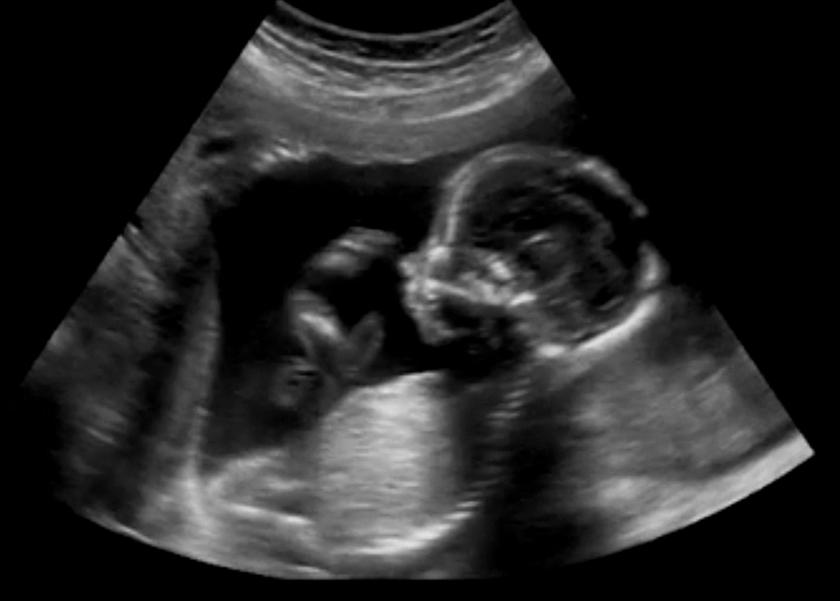10-year old’s petition for abortion
May 17, 2017 | Expert Insights

On 15th May a plea for abortion was made for a 10-year old girl in the town of Rothak, Haryana. After being raped continuously by her stepfather, medical experts have affirmed her pregnancy of 20 weeks. This case sheds light upon the legalities regarding abortion in India and the horrific increase in the number of child abuse cases.
A two-way case
Medical Termination of Pregnancy Act in India was implemented to prevent abortion based on the sex of the foetus. Higher number of cases after the development of ultrasound in 1990 led to the passing of The Pre-Conception and Pre-Natal Diagnostic Techniques (Prohibition of Sex Selection) Act. According to the UN reports, female infanticide alone has resulted in 117 million girls having gone “missing” after being registered for at the hospitals at the time of birth.
On the other hand, child abuse in India often only refers to child labour and trafficking. However, 8 out of 10 cases of sexual abuse go unreported since most them are committed by a close family member. 90% of the victims know their offenders and between 2006 -2013, 48,838 boys and girls have been sexually abused.
Assessment
Medical Termination of Pregnancy Act in India was implemented to reduce prenatal diagnostic abortions. The act legalises abortion only up to 20 weeks but after strict examination. Only if the pregnancy or the delivery is a threat to the health of the mother or the foetus, can the procedure be legal.
However, medical team involved can be subject to corruption given the patriarchal structure of the society thereby not taking into consideration the actual medical complexities involved. The threat and impracticality that the delivery of the child of a 10-year old bears applies to other similar cases as well.
With over 3,000 backlog pending cases and the shortcomings of the Indian judiciary, most of the petitions have gone unheard of. Problematic also is the increasing number of petitions for abortions mostly due to marital rape against which India still has no law.
Despite NGO’s and Government bodies taking steps to restrict child abuse, their effectiveness has been dampened by the social dogma that the people harbour. The deep-seated cultural belief that the guardians cannot be at fault must be discarded. In the case of the 10-year old, she was left under the ‘supervision’ of her stepfather while the mother was away at work. NGOs’ claim that multiple complains have gone unreported or if such a situation does occur, the child is married off to her offender.
Reports contradict it by showing an increasing number of cases being filed against rape in India. However, how many of them are a result of awareness and casting away of orthodox ideas is a qualitative factor that is yet to be considered.








Comments